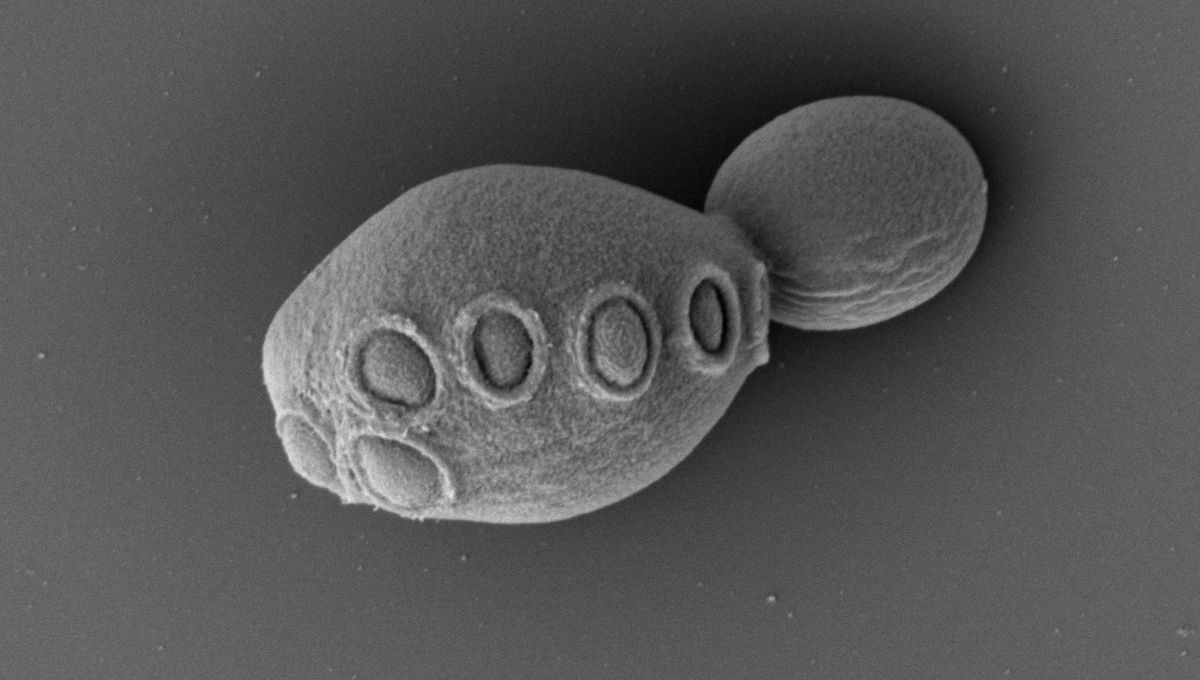
Synthetic DNA might sound like the stuff of science fiction, but it’s fast becoming a reality. Researchers have created a yeast cell with a genome that’s over 50 percent synthetic, including the world’s first entirely synthetic chromosome.
Scientists have previously produced synthetic bacterial and viral genomes, but the next step up was eukaryotic – a cell where the genome is contained entirely within a membrane-bound nucleus. Yeast was perhaps the natural choice for this, as baker’s yeast (Saccharomyces cerevisiae) has a compact genome of only 16 chromosomes and has an innate ability to stitch DNA together.
However, the researchers involved in the Synthetic Yeast Genome Project (Sc2.0) wanted to do something slightly different than just synthesizing DNA, by giving the yeast a “designer” genome. “We decided that it was important to produce something that was very heavily modified from nature’s design,” said senior author and Sc2.0 leader Jef Boeke in a statement. “Our overarching aim was to build a yeast that can teach us new biology.”
Making a synthetic genome
The team first removed so-called “junk” DNA from the genome and replaced it with new snippets of DNA to help them distinguish between synthetic and native genes, after which the order of genes was shuffled. There was also another key removal to be made – tRNA genes.
While the proteins they encode play a critical role within cells, tRNA genes also make the yeast genome unstable. In a revolutionary step, researchers removed them and relocated them to an entirely new, wholly t-RNA gene-based “neochromosome”. “The tRNA neochromosome is the world’s first completely de novo synthetic chromosome,” said co-author Patrick Yizhi Cai. “Nothing like this exists in nature.”
Alongside the neochromosome, the researchers assembled each of the chromosomes independently, before creating 16 partially synthetic yeast strains, each with 15 natural chromosomes and one synthetic.
Putting the pieces together
Then came the tricky part – getting all of the synthetic chromosomes into a single yeast cell. This involved a combination of a classic genetic technique – interbreeding – and some brand-new methods. Interbreeding was slow and whilst the resulting yeast had a genome more than 30 percent synthetic, the researchers were gunning for more.
After using a new method called chromosome substitution and a technique similar to CRISPR/Cas9 to fix genetic defects, they achieved a single yeast cell with more than 50 percent synthetic DNA. Fiddling with its genome could have made the yeast grow or look abnormal, but thanks to careful crafting, it survived and even replicated similarly to wild yeast.
“The team has now re-written the operating system of the budding yeast, which opens up a new era of engineering biology—moving from tinkering a handful of genes to de novo design and construction of entire genomes,” said Cai.
Next steps
Yeast has long been a staple in both food and drink production – it’s the reason we have decent bread and beer, everybody say “Thank you, yeast” – and within science, for chemical production and as a model organism. With synthetic DNA, we could make several strides in these areas, as Ben Blount, one of the lead scientists explained in a statement.
“The synthetic chromosomes are massive technical achievements in their own right, but will also open up a huge range of new abilities for how we study and apply biology. This could range from creating new microbial strains for greener bioproduction, through to helping us understand and combat disease.
The next step will be to get all 16 of the synthetic chromosomes into a single yeast cell. That’s no mean feat, but the researchers are hopeful. “Now we’re just this far from the finish line of having all 16 chromosomes in a single cell,” said Boeke.
“I like to call this the end of the beginning, not the beginning of the end, because that’s when we’re really going to be able to start shuffling that deck and producing yeast that can do things that we’ve never seen before.”
The study is published in the journal Cell.
Source Link: Revolution In Biology: Half-Synthetic Yeast Genome Unveils New Horizons In Genetic Engineering